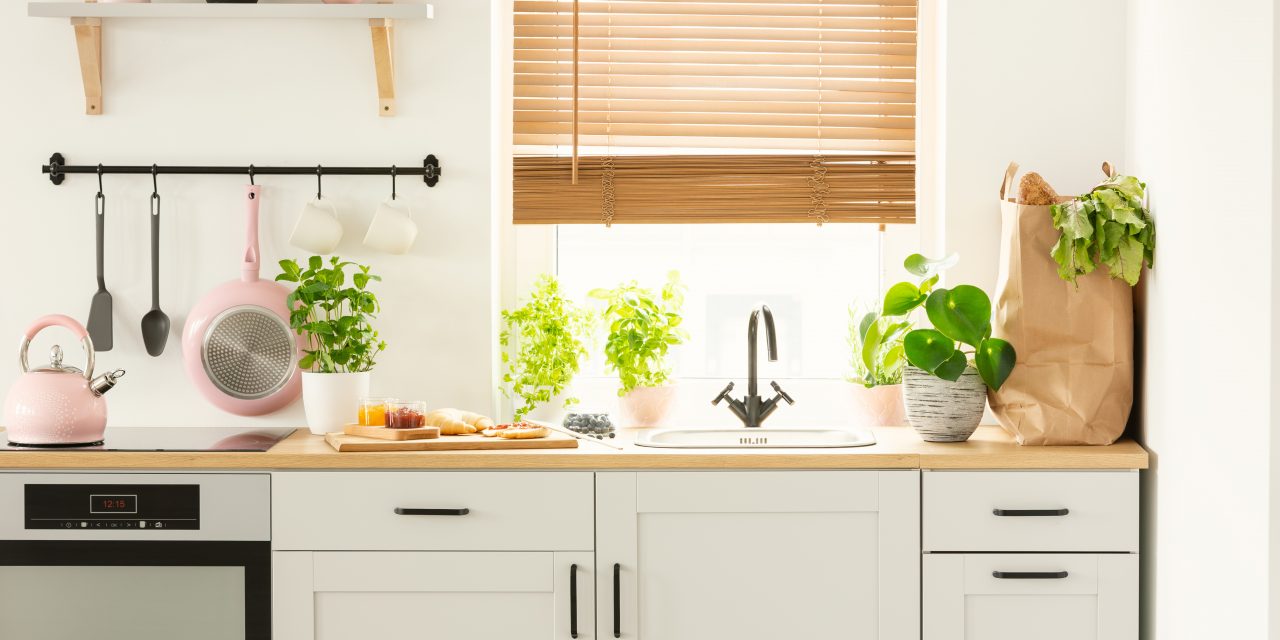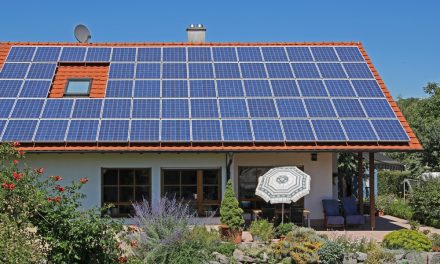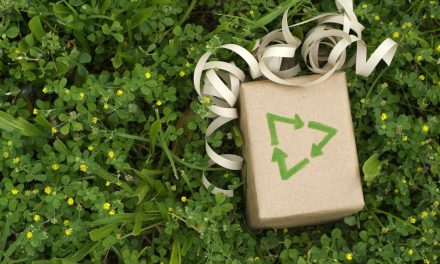Climate change is here. You can try and ignore it all you want, but the data doesn’t lie. It’s here and it’s time we took matters into our own hands in paving a better way forward for our lives and our planet. We’ll be the first to admit that in these crazy times it can be a bit overwhelming. Fortunately, there are plenty of things you can do to help out. They’re small changes – mostly in habits – but a lot of small parts add up to one big difference. These are our favorite ways to go green in your home.
In The Kitchen
The kitchen sees a lot of action and a lot of waste. Food waste in America surpasses billions of dollars each year. Water is wasted and single-use plastic products fill up our landfills. These are our best green tips for the kitchen:
Regular Cycles Only: It’s a little known fact that running your dishwasher on the one-hour setting only saves you time. The amount of water and energy used doubles on the quick wash. Instead, run your dishwasher on normal (without heated or high temp drying) overnight while you sleep. Then grab those tea towels and hand dry.
Filtered Or Tap Water: Most places actually have quite drinkable tap water. If you don’t trust your tap water, though, invest in a water filter system instead of buying plastic bottled water. Keep an insulated canteen for each family member so you always have a container and don’t have to litter the world with plastic bottles (this will also bring down your grocery bill).
Reusable Bags, Tupperware, Food Wraps: Everything from shopping bags to produce bags, to cling film and foil has a reusable alternative. Food wraps are being made from bee’s wax and durable, washable silicon. Silicon baking mats eliminate the need for foil or parchment paper. Tupperware will also help you save leftovers and make grab and go lunches a breeze. Stock up on reusable straw and a coffee tumbler. Take them wherever you go and get a discount for bringing your own cup.
Towels And Cleaning Rags: If you limit paper towel use to only drying meats and wiping away grease, you’ll cut down on how often you need to replace them. Bonus, many brands are offering recycled paper products for both paper towels and toilet paper. Towels for drying hands, dishes, and produce not only reduce paper waste, but they add a nice pop of color to your kitchen. Cleaning rags can be made from old shirts, towels or wash clothes. After wiping down surfaces, rinse the rags with hot water, let them dry and reuse them for up to a week. Wash the load when they’re all dirty. Repeat.
In The Bathroom
Some of these things, you’ll find, can crossover from kitchen to bathroom.
Soap Dispensers: A double blessing. You’ll be able to buy hand (or dish) soap in bulk, reducing plastic waste, and you can add a little decorative flair to your sink.
Low Flow Faucets And Toilets: A more expensive fix, but if you’re in the process of remodeling, consider energy efficient models to replace outdated fixtures.
Package-Free Products: Shampoo, conditioner, body wash, face wash, toothpaste. Many companies are moving toward a plastic/package free model. Lush beauty is a great place to start, but a quick search online will help you find just what you’re looking for. In The Laundry Room
Reduce water usage and waste with these tricks:
Wool Dryer Balls: No more dryer sheets! Wool dryer balls claim to reduce dry times. While that’s up for debate, they definitely handle static and will never need to be replaced. Cross another item off your shopping list forever.
Non-toxic Plant Based Detergents: This can be said of basically any household cleaning product. Specifically for your laundry detergents, however, it will leave the water free of harsh chemicals and likely be gentler on your clothes and skin.
Drying Racks: You can save energy and extend the life of your more delicate clothes by hang drying as much laundry as possible. Towels, sheets, jeans, and other sturdier clothes are still perfect for the dryer.
Front Loading Washers: If you’re upgrading appliances, look for a high efficiency washer that is also front-loading. The tilt of the drum for a front-loading machine allows the spin cycle to get rid of more water than a top-loading counterpart. The less water on your clothes after a wash, the less time and energy your dryer uses.Around The Rest Of The House
There are still more ways you can reduce your carbon footprint at home. Keeping lights off during the day and switching to LED bulbs. Turning off the tap when you’re not actively using water. Curtains and blinds help keep heat and air inside – and offer some beauty to your room. Keep your thermostat set between 68 and 72 degrees, especially when you’re away. If you’re able to unplug small appliances from the wall, you’ll save even more energy. Short of installing solar, geothermal HVAC, or other major green initiatives, implementing these small changes will have a huge impact on your life and the environment for the better.





